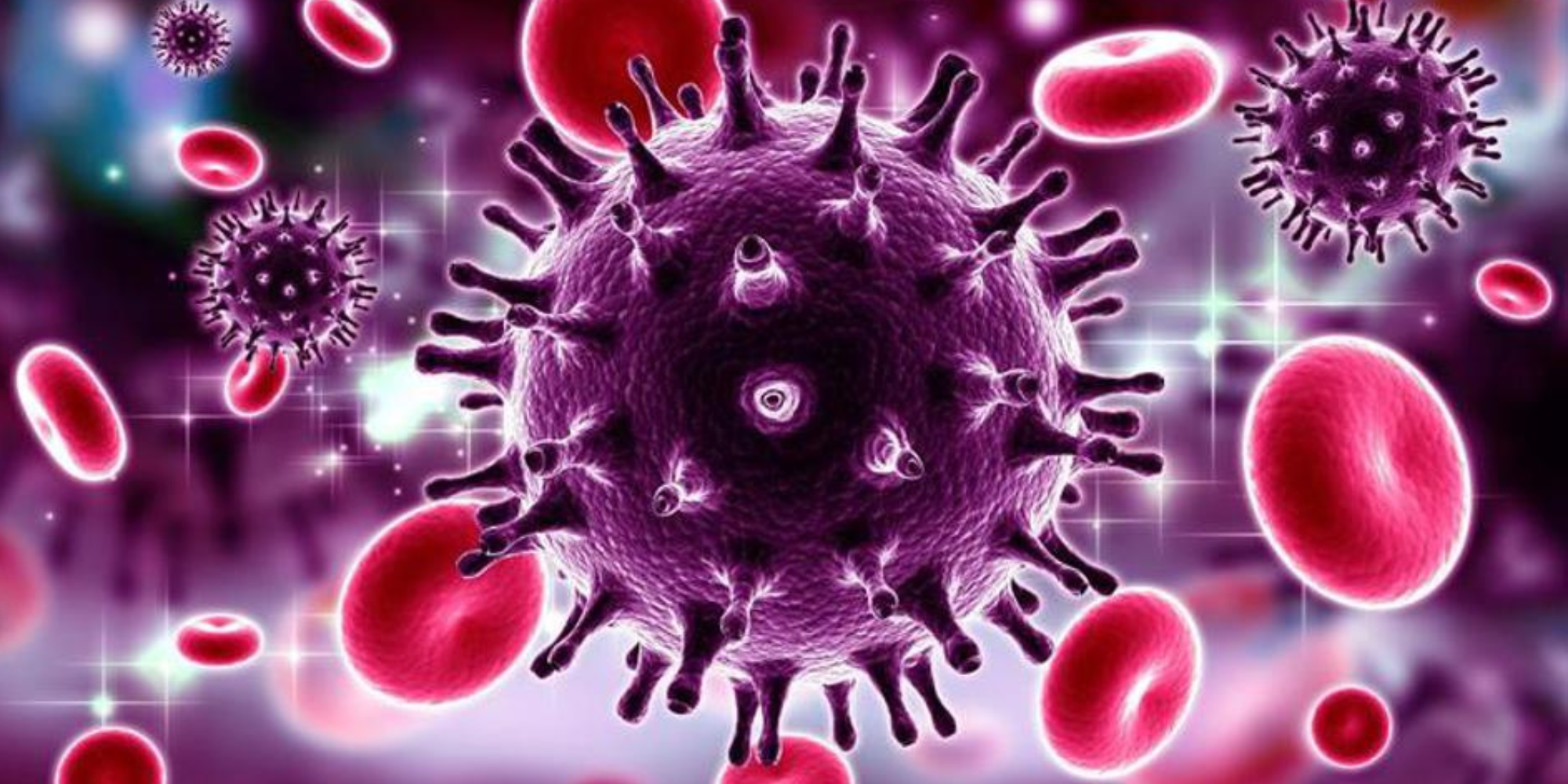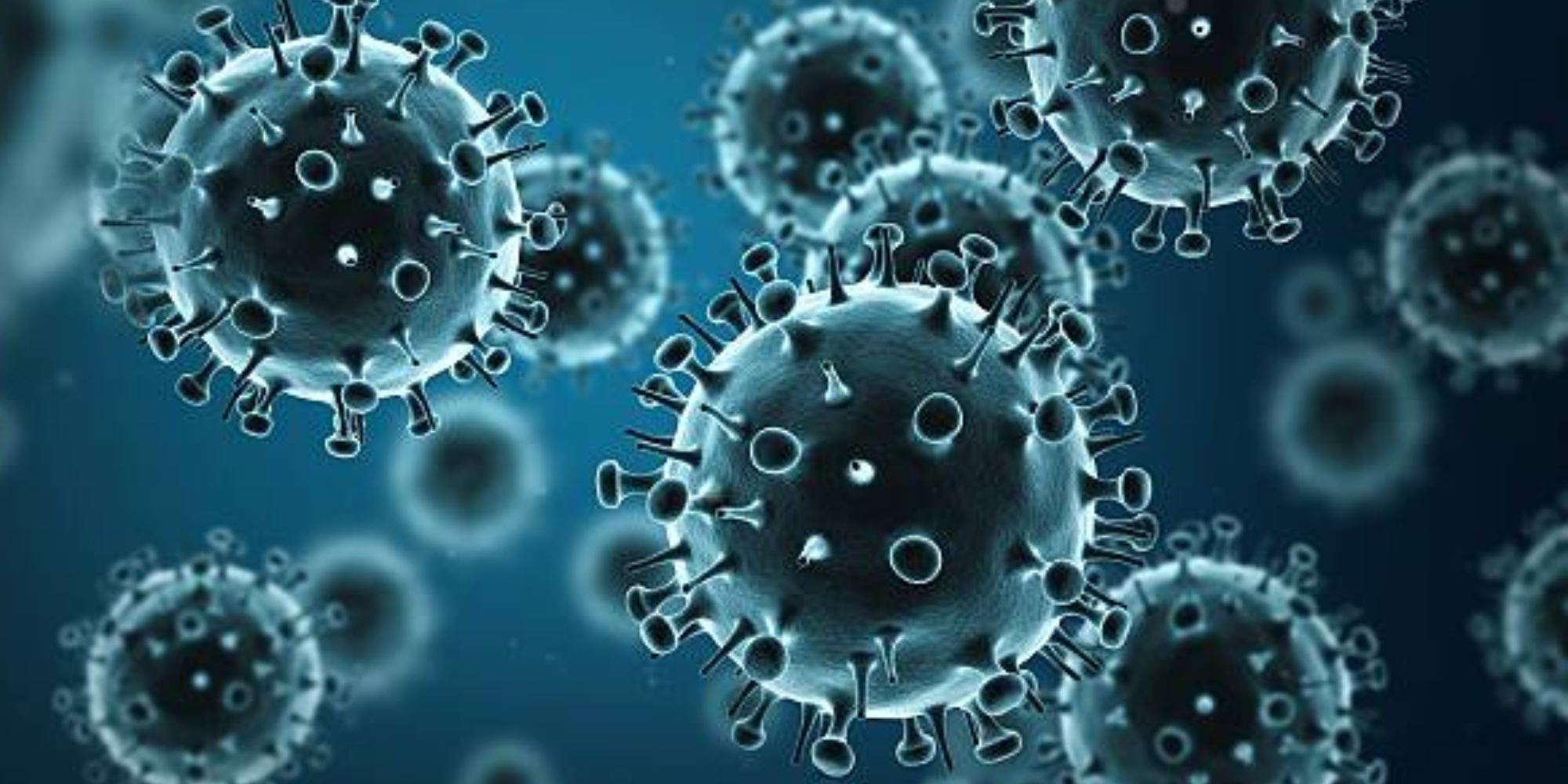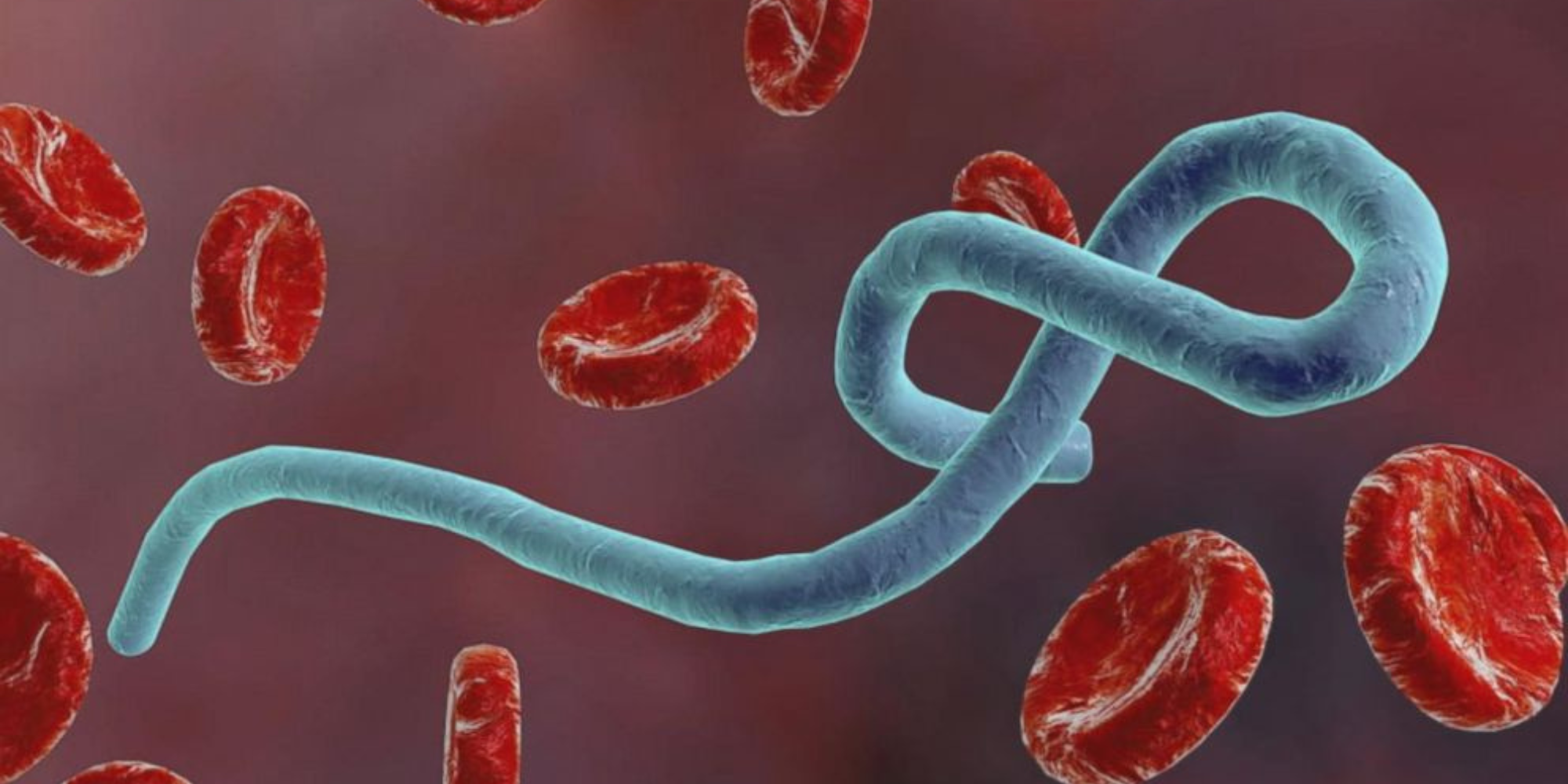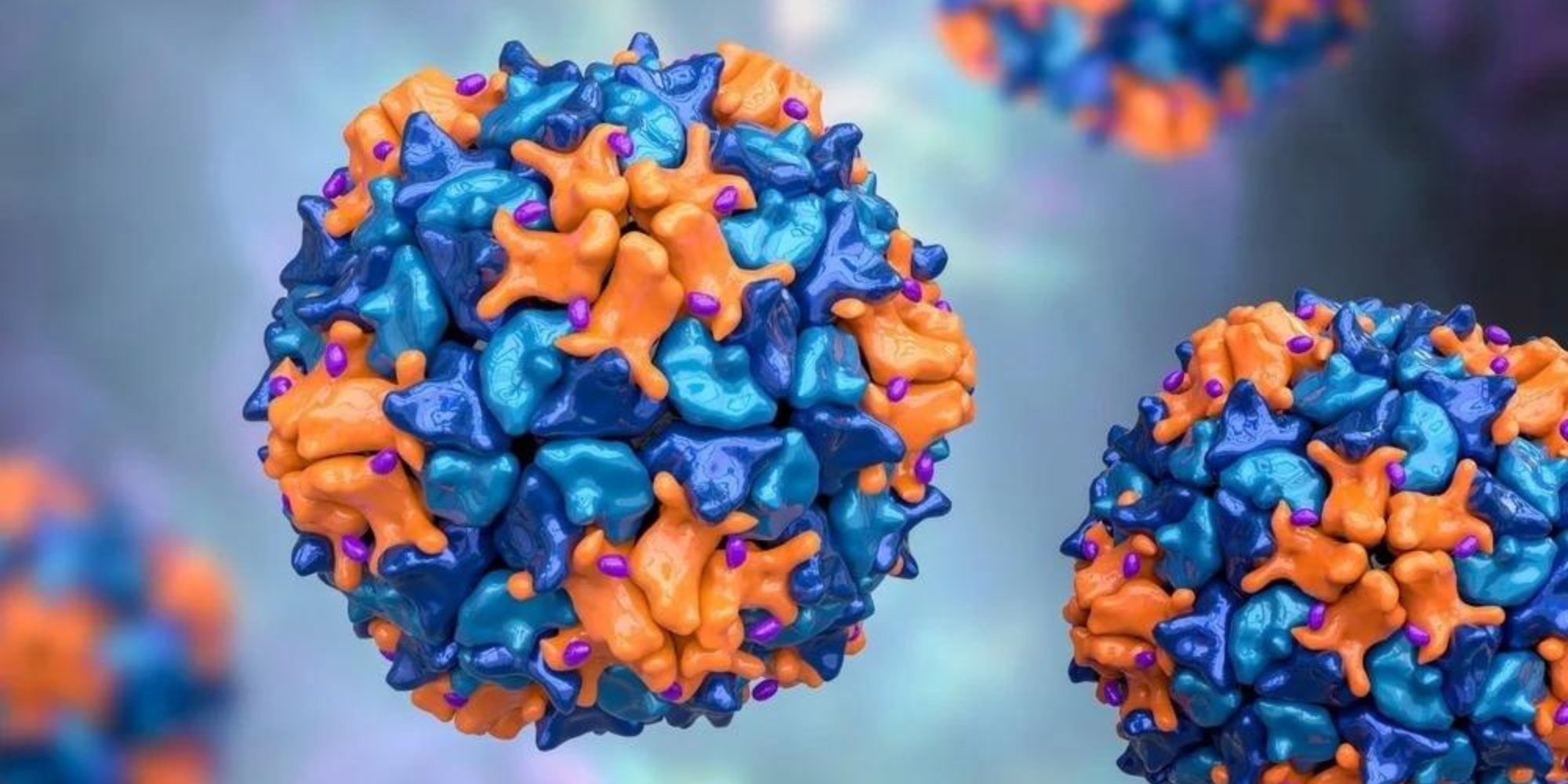
From the dawn of human civilisation, our relationship with viruses has been fraught with peril. Though invisible to the naked eye, these tiny pathogens have the power to upend societies, redefine cultural norms, and bring about seismic shifts in human history. In this article, we delve into the science behind seven of the deadliest viruses that have crossed paths with humanity. Their devastation is undeniable, but their existence also sparked remarkable strides in scientific research and medical innovation.
1. HIV/AIDS: A Slow-Moving Pandemic

The Human Immunodeficiency Virus (HIV) incites Acquired Immune Deficiency Syndrome (AIDS), a disease that has claimed an estimated 32.7 million lives worldwide since its identification in the early 1980s. This retrovirus attacks the immune system, leaving the body vulnerable to opportunistic infections and diseases. Astonishingly, HIV integrates its genetic material into the host’s DNA, making it incredibly difficult to eliminate.
The science behind HIV has led to significant strides in antiretroviral therapy, turning a once fatal disease into a manageable chronic condition. Today, medical science continues its race to find a cure, aiming to eliminate the virus entirely from the body.
2. Influenza: A Shape-Shifting Assassin

Influenza, commonly known as the flu, can trace its history back to the 16th century. Its deadliest strain, H1N1, known as the Spanish flu, decimated a third of the world’s population in 1918. Its ability to mutate rapidly enables the virus to evade our immune system with ease.
The challenge of combating influenza has resulted in leaps forward in viral genetics. Influenza’s high mutation rate has led scientists to develop yearly vaccines, designed to keep up with the ever-changing strains. This research has paved the way for the development of mRNA vaccines, a tool that proved invaluable during the COVID-19 pandemic.
3. Ebola: A Deadly Invader

Emerging from Central Africa, the Ebola virus wreaks havoc on the human body, causing severe fever, bleeding, and ultimately organ failure. Its zoonotic origin, spreading from animals to humans, is a stark reminder of our interconnected world.
The science behind Ebola has been a study in urgency. The 2014-2016 West African outbreak expedited the development of the rVSV-ZEBOV vaccine, marking a significant milestone in the fight against this deadly virus.
4. Zika: A Silent Terror

The Zika virus, transmitted primarily through the Aedes mosquito, was relatively unknown until the 2015 outbreak in Brazil, which was linked to a steep rise in microcephaly cases in newborns. The virus’s ability to cross the placental barrier and impact fetal brain development highlighted the complexity of virus-host interactions.
The urgent need to understand and combat Zika spurred on remarkable advancements in diagnostic methods, vector control strategies, and potential vaccine candidates.
5. Smallpox: The Vanquished Foe

Smallpox, an incredibly contagious and deadly disease caused by the Variola virus, plagued humanity for centuries before it was declared eradicated in 1980 through a worldwide vaccination programme – an unparalleled achievement in medical history.
The science behind the smallpox vaccine not only led to the disease’s eradication but also laid the groundwork for modern immunology, providing valuable lessons on global cooperation and public health strategy.
6. Polio: An Enemy in Retreat

Poliovirus, a pathogen that attacks the nervous system, often leading to paralysis, has been pushed to the brink of eradication, thanks to the development of effective vaccines. Despite its crippling effects, the struggle against polio demonstrated the power of global vaccination campaigns and international cooperation.
The fight against polio also contributed to our understanding of the “herd immunity” concept, an essential aspect of infectious disease control.
7. COVID-19: The Contemporary Crisis

Last but certainly not least, SARS-CoV-2, the virus responsible for COVID-19, has swept the globe, causing widespread illness and disruption. This virus’s unique features, including its spike protein, which allows it to bind and enter human cells, has been the centre of intense scientific focus.
The science behind COVID-19 has seen unprecedented progress in vaccine development, with multiple effective vaccines manufactured within a year of the virus’s emergence. The scientific and societal response to this virus will undoubtedly shape the way we approach pandemics in the future.
From HIV to COVID-19, these seven viruses have caused significant human suffering, but they have also paved the way for remarkable scientific discoveries. Our ongoing battle with these pathogens underpins the crucial importance of continued investment and global cooperation in scientific research and healthcare infrastructure.
As we look forward, let us hope that these hard-fought lessons will not only help us to mitigate the impact of viral diseases but also inspire further strides in the field of virology and beyond. After all, it is often our deadliest foes that push us to reach new heights.
.thumbnailWrapper
width:6.62rem !important;
.alsoReadTitleImage
min-width: 81px !important;
min-height: 81px !important;
.alsoReadMainTitleText
font-size: 14px !important;
line-height: 20px !important;
.alsoReadHeadText
font-size: 24px !important;
line-height: 20px !important;











